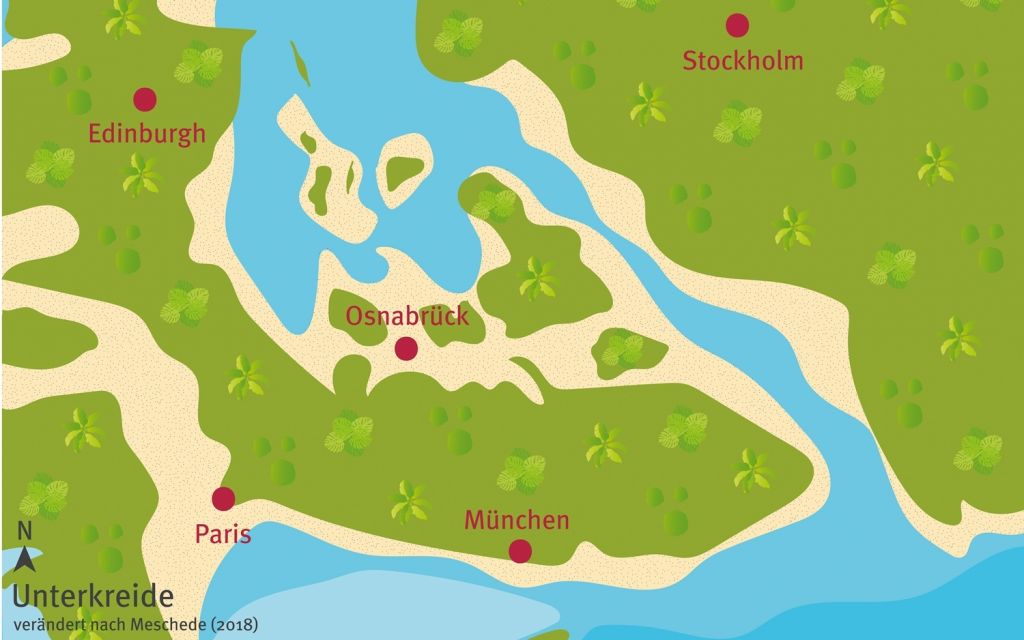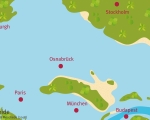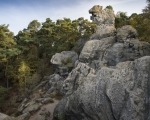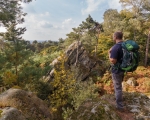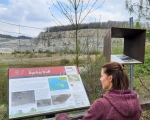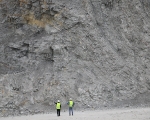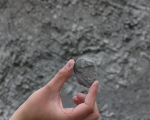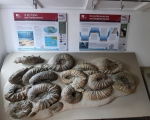Cretaceous
Cretaceous (145 - 66 million years ago)
A lot happened in the Cretaceous period. TERRA.vita continued to lie on the northern coast of a large island in the Early Cretaceous. Coal formed once again in the marshy coastal area; the Wealden coal was mined near Kloster Oesede, Hilter a.T.W. and Kirchdornberg ...
Rock material was removed from the island by rivers and winds and deposited mostly as sand in our region. These greenish, particularly hard Osning sandstones now form the crest of the Teutoburg Forest. They were used as building stones for a long time and their yellowish weathering product was marketed as ochre colour pigment at Hilter a.T.W.. You may also discover the numerous ripple marks as evidence of the wave action of the primeval sea in the rock.
About 95 to 70 million years ago, a chain reaction happened: the Pyrenean collision not only led to the formation of that mountain range, but also caused the uplift of the Teutoburg Forest, Wiehengebirge and the elevations between these two ranges. At the same time, a heating event only a few kilometres below the Earth's surface caused the rocks to heat up leading to the growth of large mineral crystals in fissures, and enabling anthracite coal and other rocks to form in the first place.
In the Late Cretaceous, TERRA.vita was once again located in an idyllic tropical sea. The calcareous skeletons of plankton as well as the shells of ammonites, mussels and other calcareous organisms formed a calcareous mud on the seabed, which solidified into limestone and is quarried along the southern slope of the Teutoburg Forest for cement production.
Experience the Cretaceous at the Dörenthe Cliffs, on the Bad Iburg tree top path and TERRA.track Freedenblüte, on the Dyckerhoff Nature and Geopath in Lengerich and in the EarthAgeCenter in the Borgholzhausen Heimathaus.
